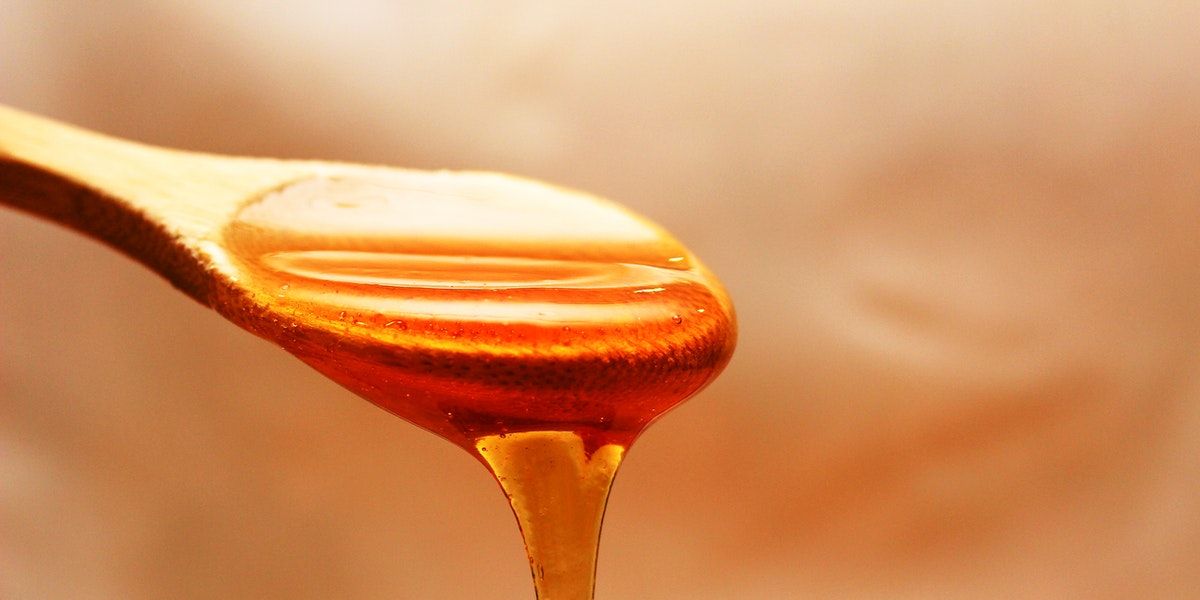Antibiotics residue in honey, the hidden crisis and risk
As we discussed in our previous article Crisis – Risk hide in honey (disease), bees are suffered from American foulbrood, European foulbrood, nosemosis and other diseases. Hence, in many countries infected colonies are eradicated by fire, while other countries like USA, Canada, Argentina allow the use of antibiotics to keep the disease in control. Since most antimicrobials are not actively metabolized by honey bees, so we can test high concentrations of drugs residues in honey. The presence of antimicrobial residues in honey can have several drawbacks. For example, chloramphenicol is known to be a possible causative agent of fatal aplastic blood anemia, nitrofurans are potentially carcinogenic or mutagenic, fumagillin is clastogenic and cytotoxic to cultured human lymphocytes, which means a huge risk hides in honey. So how should we identify whether the honey you buy is healthy?
Antibiotics used in honey bees
The antibiotics and chemotherapeutics of interest in apiculture include tetracyclines, aminoglycosides, sulfonamides, macrolides, lincosamides, amphenicols, nitrofurans, nitroimidazoles, fluoroquinolones and fumagillin. We will discuss the application of those antibiotics on the apiculture, of course, legislation in various countries will be concluded too, lastly, we will summarize a table to show the MRL of different antibiotics residues in honey.
Those antibiotics are common used in the treatment of American foulbrood, European foulbrood and nosemosis although they are not permitted by local authority. The following table will give you a clear summary of these information.
| Families | Antibiotics | Indications | Most used | Admitted country | EURL |
| Tetracyclines | Oxytetracycline | AFB, EFB | USA, UK, Canada, Argentina | 10 | |
| Aminoglycosides | Streptomycin | AFB | China | EU ban, USA ban | 20 |
| Sulfonamides | Sulfamethazine | AFB | 10 | ||
| Sulfathiazole | |||||
| Sulfadiazine | |||||
| Sulfamethoxazole | |||||
| Sulfamerazine | |||||
| Sulfadimethoxine | |||||
| Macrolides | Tylosin | AFB | USA | 10 | |
| Erythromycin | AFB, EFB | Turkey | 20 | ||
| Lincosamides | Lincomycin | AFB | USA | ||
| Amphenicols | Chloramphenicol | AFB | China | EU ban | 0.15 |
| Nitrofurans | Furazolidone | Maintenance of bees for honey production | EU ban | 0.15 | |
| Furaltadone | |||||
| Nitrofurazone | |||||
| Nitrofurantoin | |||||
| Nitroimidazoles | Dimetridazole | Nosemosis | China ban, EU ban | 1 | |
| Metronidazole | |||||
| Ronidazole | |||||
| Tinidazole | |||||
| Fluoroquinolones | Enrofloxacin | Prophylaxis for bee disease | Asia | ||
| Ciprofloxacin | |||||
| Norfloxacin | |||||
| Fumagillin | Fumagillin | Nosemosis | USA, UK, EU ban | 25(CA) |
Note: to monitor these antibiotics residues in honey, various methods can be applied. For bee keepers, a rapid test kit is always a choice.
Further reading on antimicrobial resistance
Every year, World Antimicrobial Awareness Week aims to increase awareness of global antimicrobial resistance (AMR) and to encourage best practices among the general public, health workers and policymakers to stop the further emergence and spread of drug-resistant infections.
As resistance grows to a wider range of drugs, we have broadened the focus of this campaign from antibiotics to all antimicrobials. The theme for World Antimicrobial Awareness Week 2020 for the human health sector is “United to preserve antimicrobials.” The time frame is from 18th November to 24th November 2020.

What is antimicrobial resistance?
AMR occurs when bacteria, viruses, fungi, and parasites change over time and no longer respond to medicines, making common infections harder to treat and increasing the risk of disease spread, severe illness and death.
Many factors have accelerated the threat of AMR worldwide—including overuse and misuse of medicines in humans, livestock and agriculture, as well as poor access to clean water, sanitation and hygiene.
Together with our Tripartite partners the Food and Agriculture Organization of the United Nations (FAO) and the World Organisation for Animal Health (OIE), we are calling on all sectors of society to rally around a bold, unified agenda to defeat this global health and development threat. Events during the week will highlight the need to protect crucial medicines beyond antibiotics, including antivirals, antifungals and antiparasitics which are critical to prevent and treat infections in humans, animals and plants.
Why is AMR increasing?
-
Misuse and overuse of antimicrobials in humans, animals and plants – Misuse and overuse of antimicrobials in humans, animals and plants are the main drivers in the development of drug-resistant infections. Poor medical prescribing practices and patient adherence to treatment also contribute. For example, antibiotics kill bacteria, but they cannot kill viral infections like colds and flu. Often they are incorrectly prescribed for those illnesses, or taken without proper medical oversight. Antibiotics are also commonly overused in farm animals and agriculture.
-
Lack of access to clean water, sanitation and hygiene (WASH) for both humans and animals – Lack of clean water and sanitation in health care facilities, farms and community settings and inadequate infection prevention and control promotes the emergence and spread of drug-resistant infections.
-
COVID-19 – The misuse of antibiotics during COVID-19 pandemic could lead to accelerated emergence and spread of antimicrobial resistance. COVID-19 is caused by a virus, not by a bacteria and therefore antibiotics should not be used to prevent or treat viral infections, unless bacterial infections are also present.




